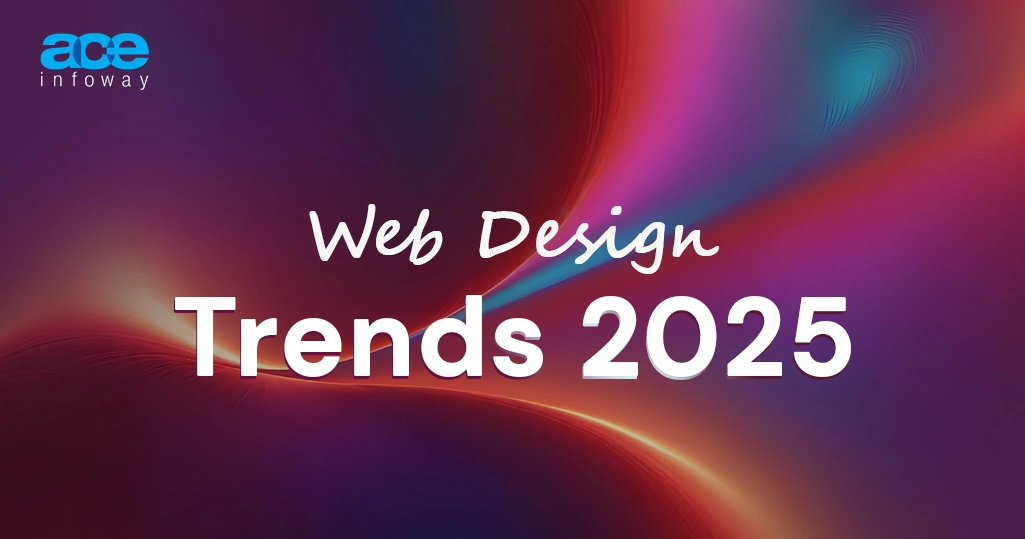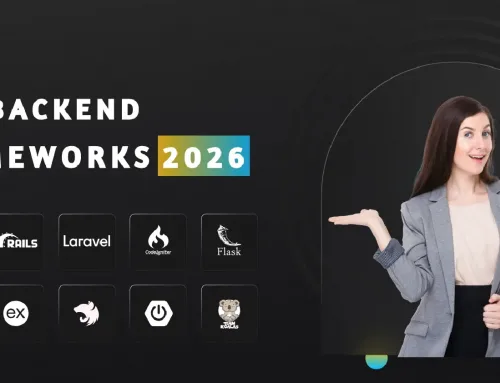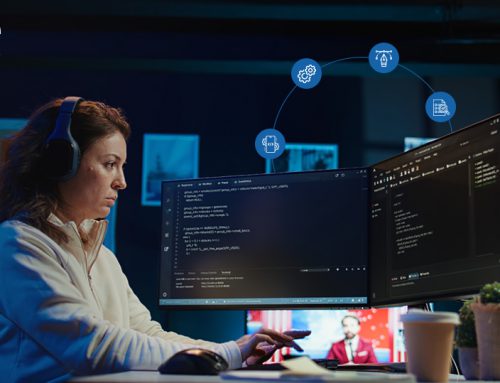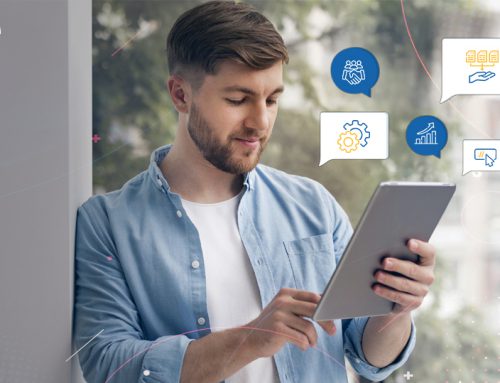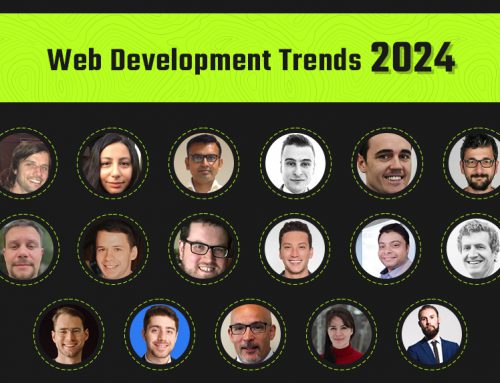Table of Contents
Your website has 0.05 seconds to make or break your business. That’s all the time users need to judge your site, according to Forbes, and 94% of that judgment comes down to design alone.
Search engines like Google and AI platforms like ChatGPT are rewarding websites that embrace the cutting-edge web design trends in 2026. Fast-loading, mobile-first sites aren’t just ranking higher. And this is helping many businesses across domains to achieve higher conversion rates.
Businesses leveraging AI-driven personalization, motion-first interfaces, and optimized Core Web Vitals are seeing measurable ROI. However, companies stuck with yesterday’s design standards are watching prospects bounce to competitors in milliseconds.
So, whether you’re looking to hire a designer and build a site from scratch or simply redesign an existing one, missing these trends means missing profits. This comprehensive list of the best web design trends for 2026 has been curated by our team of experts, who bring over two decades of experience. Without wasting much time, let’s get to the list right away.
Top Web Page Design Trends of 2026
The digital landscape is evolving at an unprecedented pace, and the latest web design trends are transforming how businesses engage with their audiences. Ignoring them makes your site look outdated, and it puts your credibility and conversions at risk.
Below are the top web page design trends of 2026 you need to know, each with practical applications to help your business thrive.
1. AI-Driven Personalization and Adaptive Layouts
AI is becoming the foundation of smarter, more humanlike web experiences. Adaptive layouts, powered by AI, learn user behavior in real-time, adjusting content, navigation, and visuals based on individual preferences.
This makes websites feel less like static pages and more like dynamic platforms tailored to each visitor. Businesses that fail to adopt this risk lose engagement to competitors offering personalized journeys.
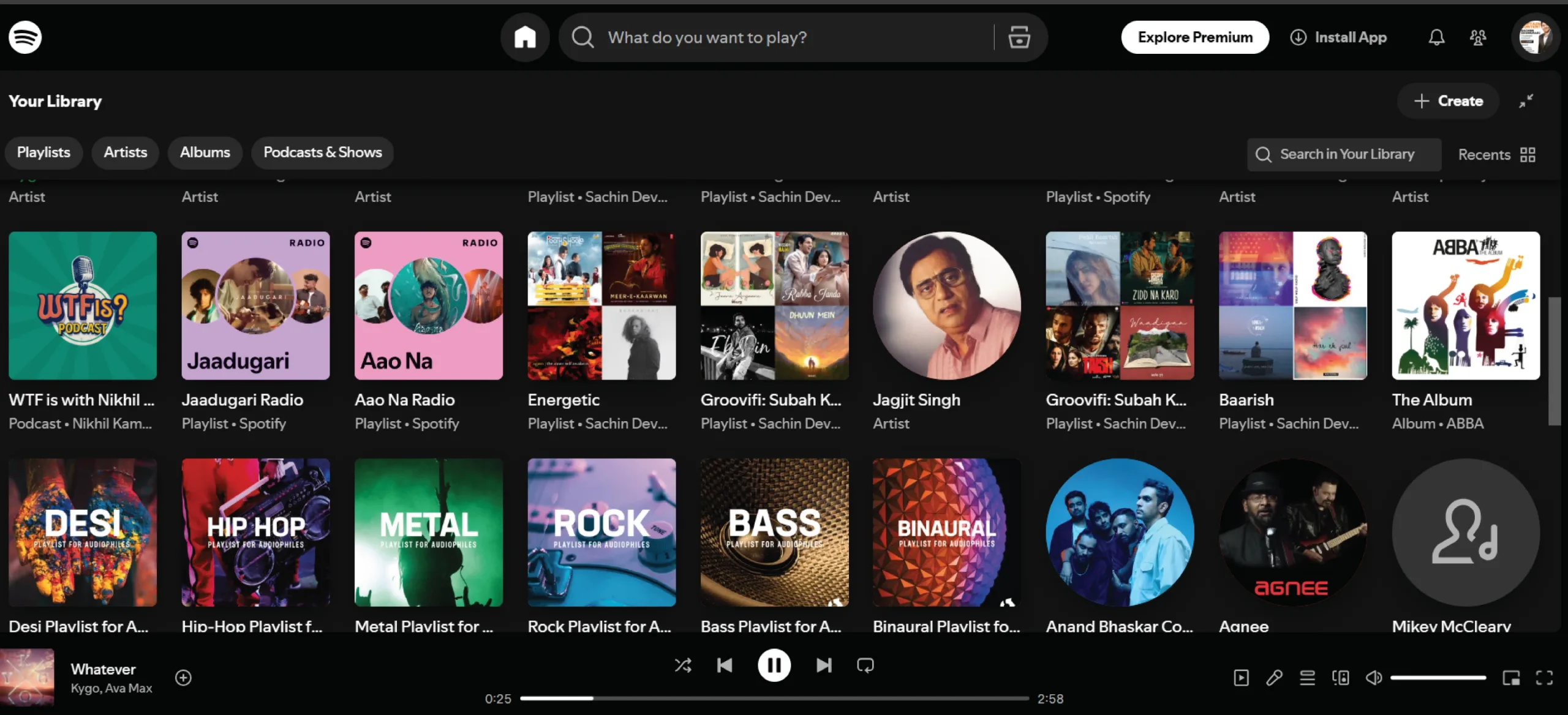
Take, for example, the customized layout by Spotify, which provides AI-powered playlists based on the user’s listening behavior. It creates customized playlist cards, responsive UI elements, and adds custom images based on user preferences.
Key Features
- Real-time adaptive layouts
- Predictive content recommendations
- AI-driven heatmap optimization
Benefits
- Higher engagement and time on site
- Personalized conversions at scale
- Smarter decisions with data-driven design
- Greater customer satisfaction and retention
- Competitive edge over static websites
2. Immersive 3D and Interactive Elements
Flat designs are fading as 3D elements and interactive layers take over. Think immersive product demos, interactive graphics, or 3D storytelling woven into landing pages. These experiences create depth, make brands memorable, and signal innovation. Among all trends in web design, this one is becoming essential for businesses that want to differentiate visually and emotionally.
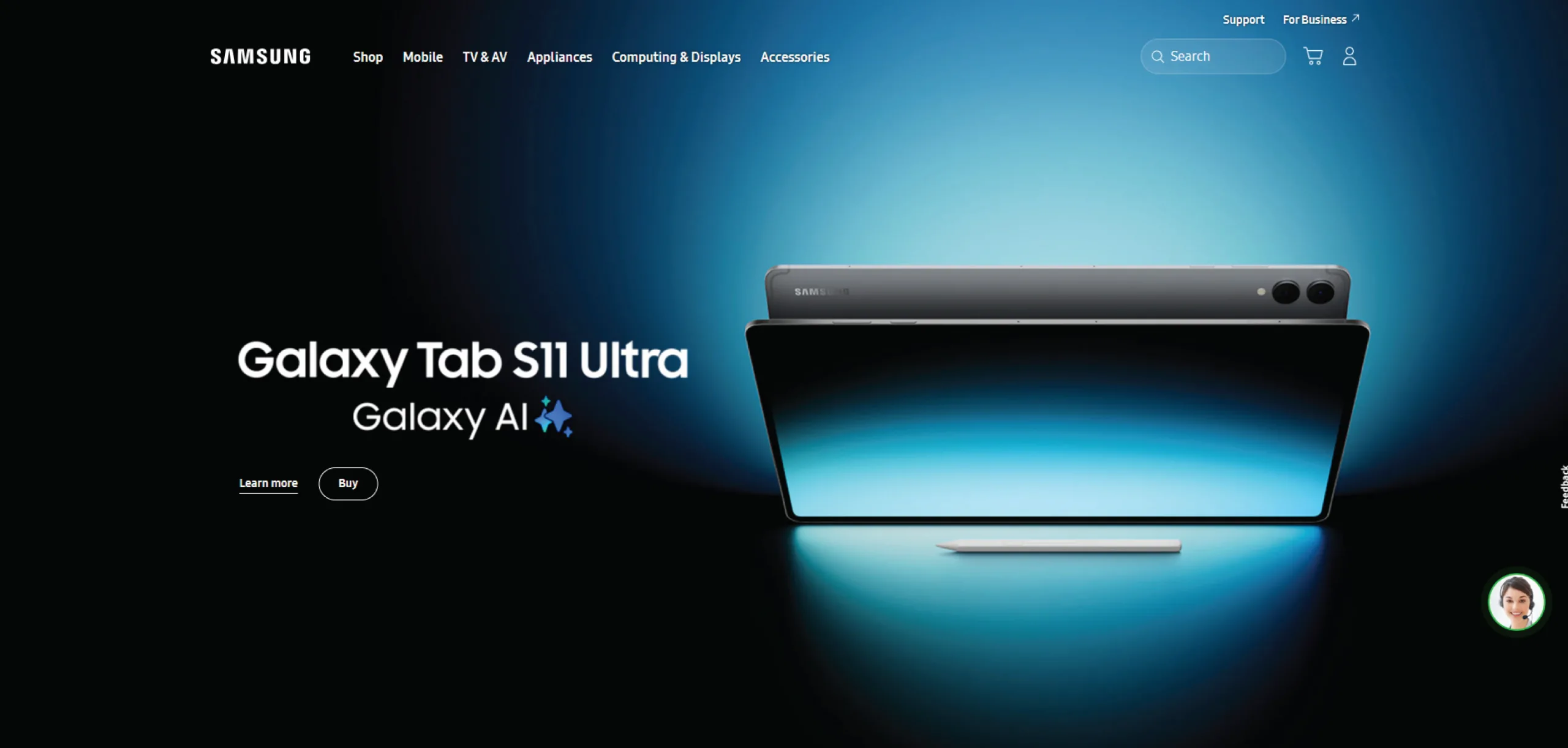
Samsung’s 3D product placement right in the first fold is what makes it a web design trend worth your consideration. Without cluttering the entire first fold, it makes design look minimal and yet the shadow part on the product elements makes them look so real.
Key Features
- 3D product views and configurators
- Interactive scrolling effects
- Virtual showroom experiences
Benefits
- Increased brand memorability
- Higher user engagement rates
- Stronger emotional connection with visitors
- Ability to showcase complex products clearly
- Differentiation from competitors’ flat designs
3. Voice User Interfaces and Voice Search Optimization
With smart speakers and voice assistants becoming mainstream, voice-first browsing is one of the web design trends that businesses can’t afford to ignore in 2026. Websites that integrate voice navigation and optimize for conversational search queries provide users with faster and more accessible ways to interact. Ignoring this trend means falling behind in both usability and SEO rankings.
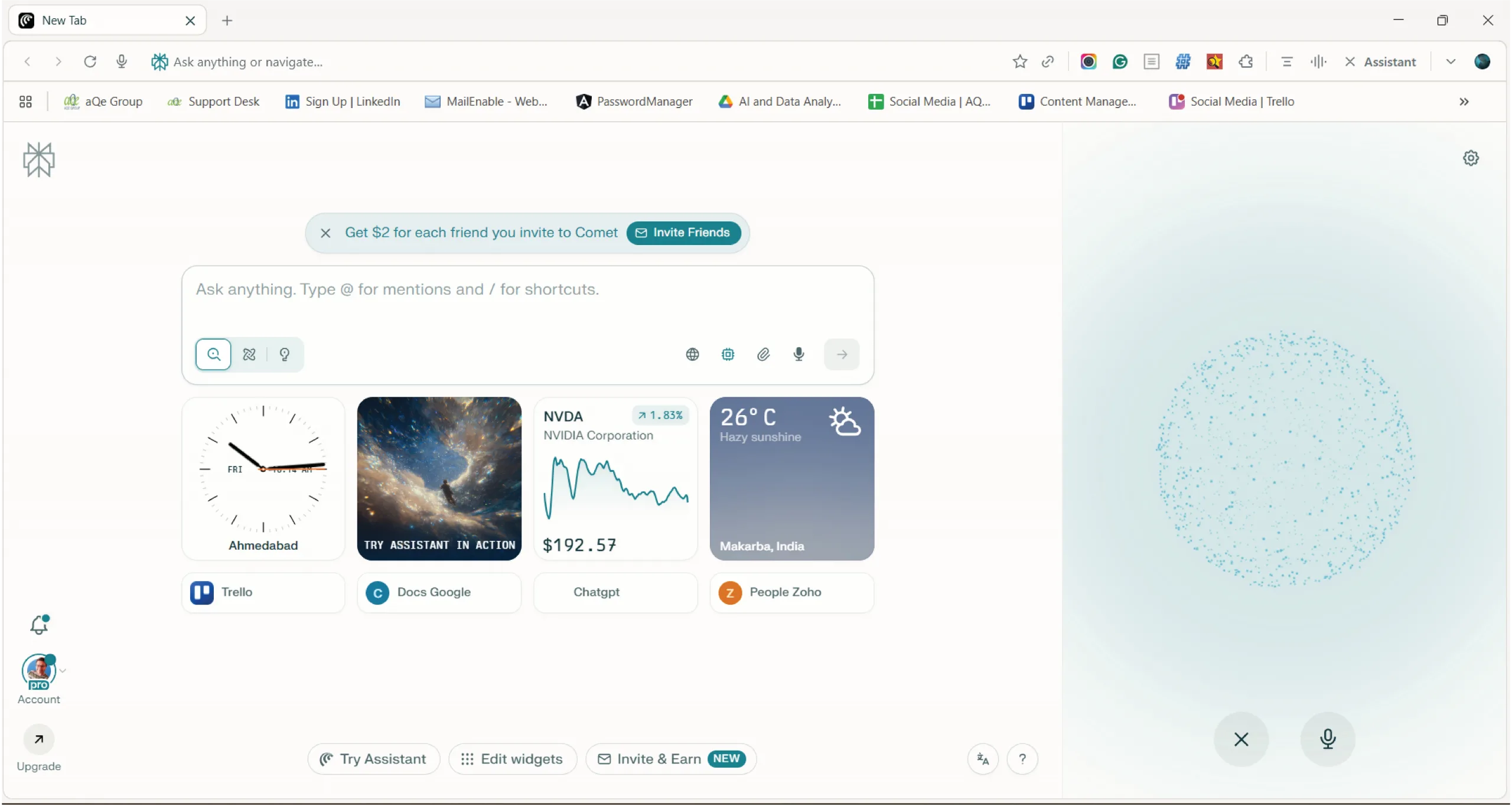
Perplexity Comet provides an AI-enabled voice search that revolutionizes the entire experience for users. You get visual feedback for all your voice commands. It enhances the whole understanding of voice search with an animation that feels right out of a futuristic sci-fi movie.
Key Features
- Voice-activated navigation
- Conversational UI patterns
- Voicesearch–optimized content structures
Benefits
- Improved accessibility and inclusivity
- SEO advantage in voice search results
- Faster, frictionless browsing experience
- Broader reach for differently-abled users
- Enhanced customer satisfaction through convenience
4. Micro-Animations and Advanced Motion Effects
Microanimations and dynamic motion effects guide users subtly, highlight actions, and make browsing feel engaging. As part of modern web page design trends, these techniques enhance usability while keeping visitors engaged enough to continue clicking.
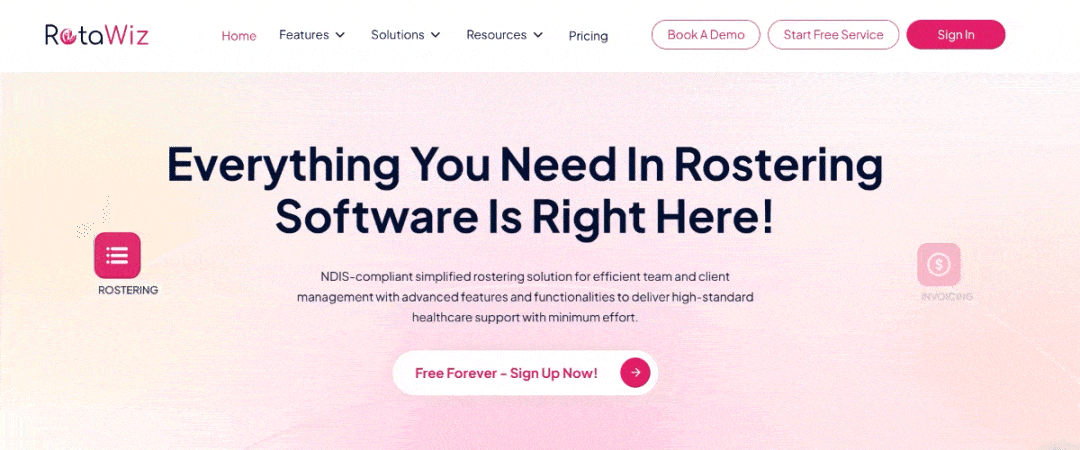
RotaWiz, a widely recognized NDIS rostering software, has incorporated micro-animations and motion effects into its website in a strategic and subtle manner.
Key Features
- Scroll-triggered animations
- Animated hover states
- Motion-driven storytelling sequences
Benefits
- Enhanced user flow and navigation
- Engages visitors without overwhelming them
- Communicates brand personality effectively
- Highlights CTAs and key actions naturally
- Increases dwell time and repeat visits
5. Embracing Asymmetry
Perfect grids and rigid layouts are giving way to bolder, asymmetric designs. Asymmetry adds visual intrigue and unpredictability, helping brands break the “cookie-cutter template” feel. This approach is now considered one of the latest web design trends, enabling businesses to stand out with creativity while maintaining balance and usability.
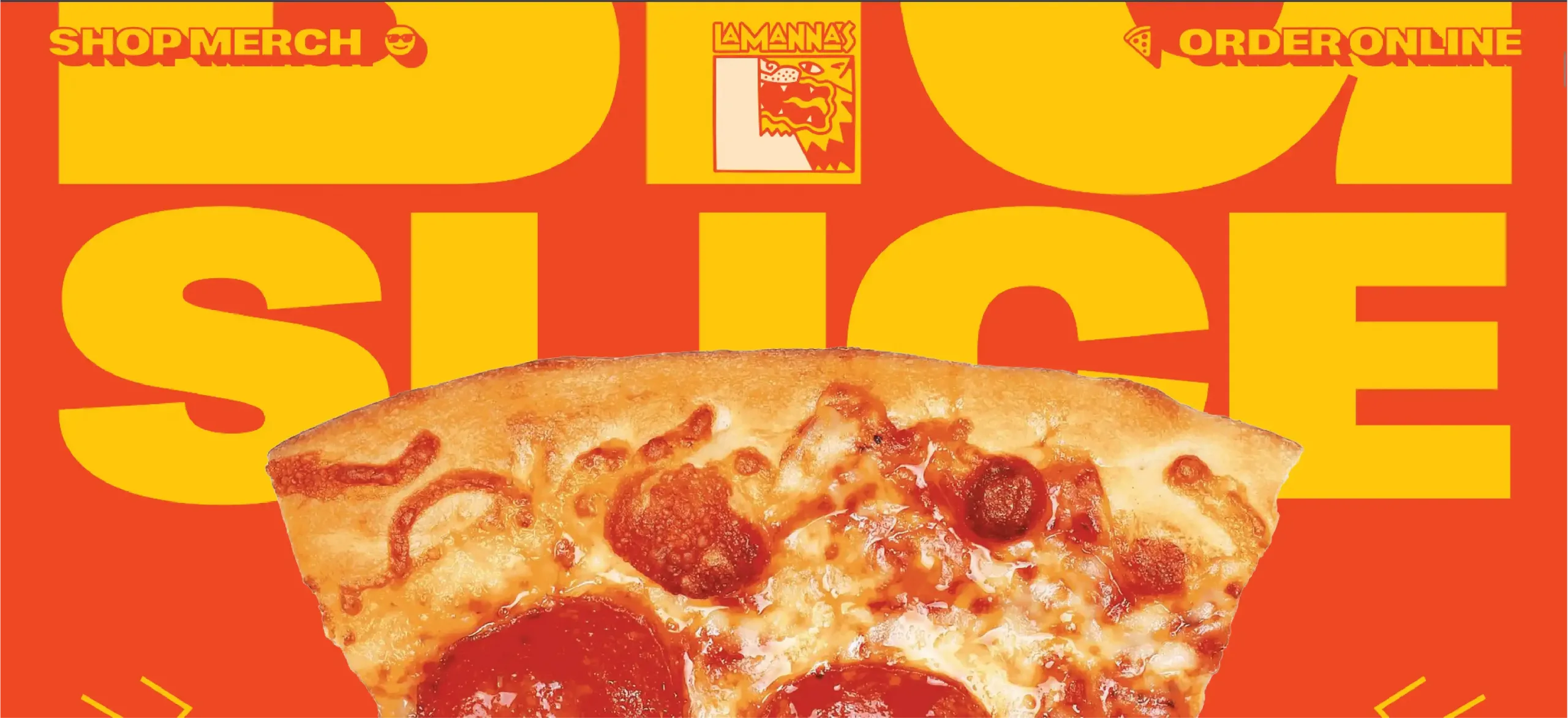
Lamanna’s pizza is a prime example of using asymmetrical web design trends. It utilizes a blend of yellow, red, and pop typography to bring this asymmetry to life.
Key Features
- Broken grid systems
- Layered and staggered content blocks
- Unique, dynamic layouts
Benefits
- Distinctive, modern brand identity
- Improved content hierarchy
- Increased visual engagement
- Creates a sense of uniqueness and innovation
- Avoids predictable, cookie-cutter templates
6. Organic Shapes: Fluid and Natural
The days of sharp-edged boxes dominating sites are fading. Organic shapes inspired by nature, such as fluid curves, blobs, and waves, bring warmth and friendliness into design. This trend taps into emotional resonance, making sites feel more approachable and relatable. It’s one of the trends in web design that softens the digital experience while still being modern and fresh.
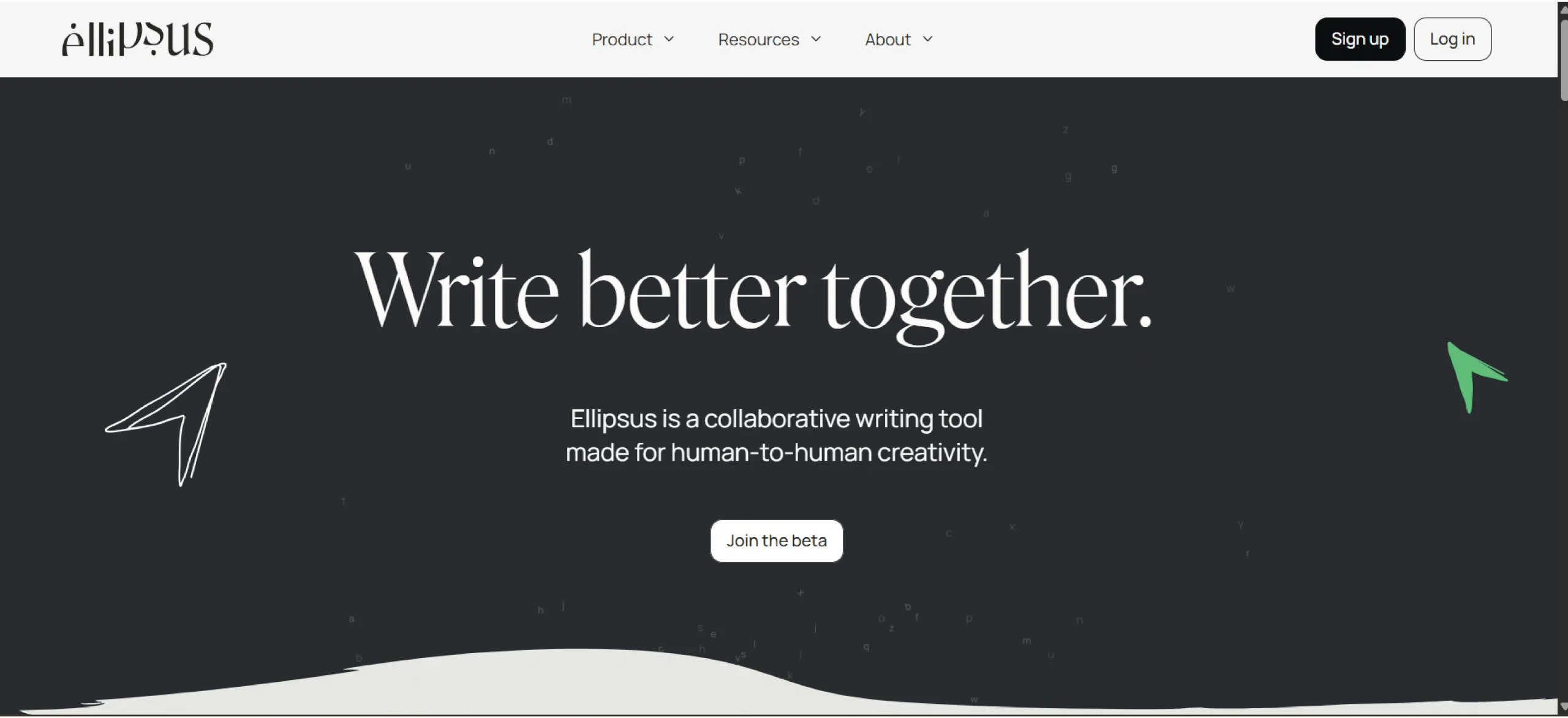
Leveraging their backgrounds in product, writing, and community building, the founders of Ellipsus developed a unique writing tool after finding existing options didn’t support their collaborative workflow.
Key Features
- Fluid, natural curves
- Shape layering with gradients
- Abstract, organic separators
Benefits
- More approachable brand feel
- Distinct design from “boxy” layouts
- Enhanced visual storytelling
- Adds a sense of movement and flow
- Creates a modern yet humancentered look
7. Maximized Typography
Large, bold typefaces are being used as graphic elements, not just for readability. This makes messaging instantly clear and memorable, particularly for mobile-first users. Among all web page design trends, maximized typography ensures your core message can’t be missed.
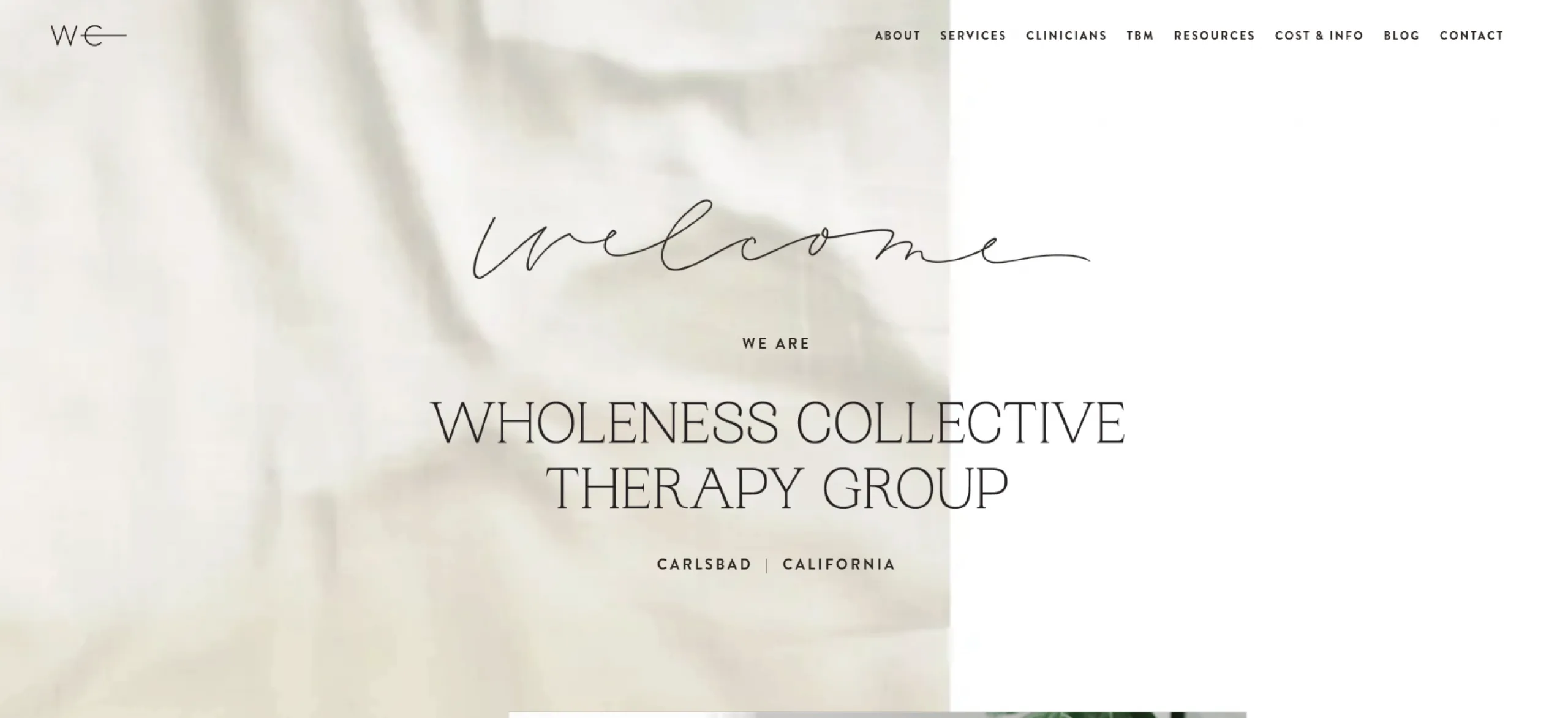
The web design of Wholeness Collective Therapy utilizes typography that is both soothing and therapeutic. The intentional blend of soft serif typefaces conveys warmth and trust, while the smaller, clean sans-serif fonts ensure the text remains highly accessible.
Key Features
- Oversized hero headlines
- Experimental font pairings
- Kinetic/animated typography
Benefits
- Immediate impact and clarity
- Stronger brand recognition
- Higher readability across devices
- Ability to emphasize key messages quickly
- Visual hierarchy without heavy design elements
8. Image and Text Masking
Masking techniques allow text and images to blend seamlessly, creating sleek, layered visuals. This adds depth and a sense of sophistication without clutter. For businesses, this is one of the latest web design trends that communicates modernity and technical skill, signalling that your brand understands design at a higher level.
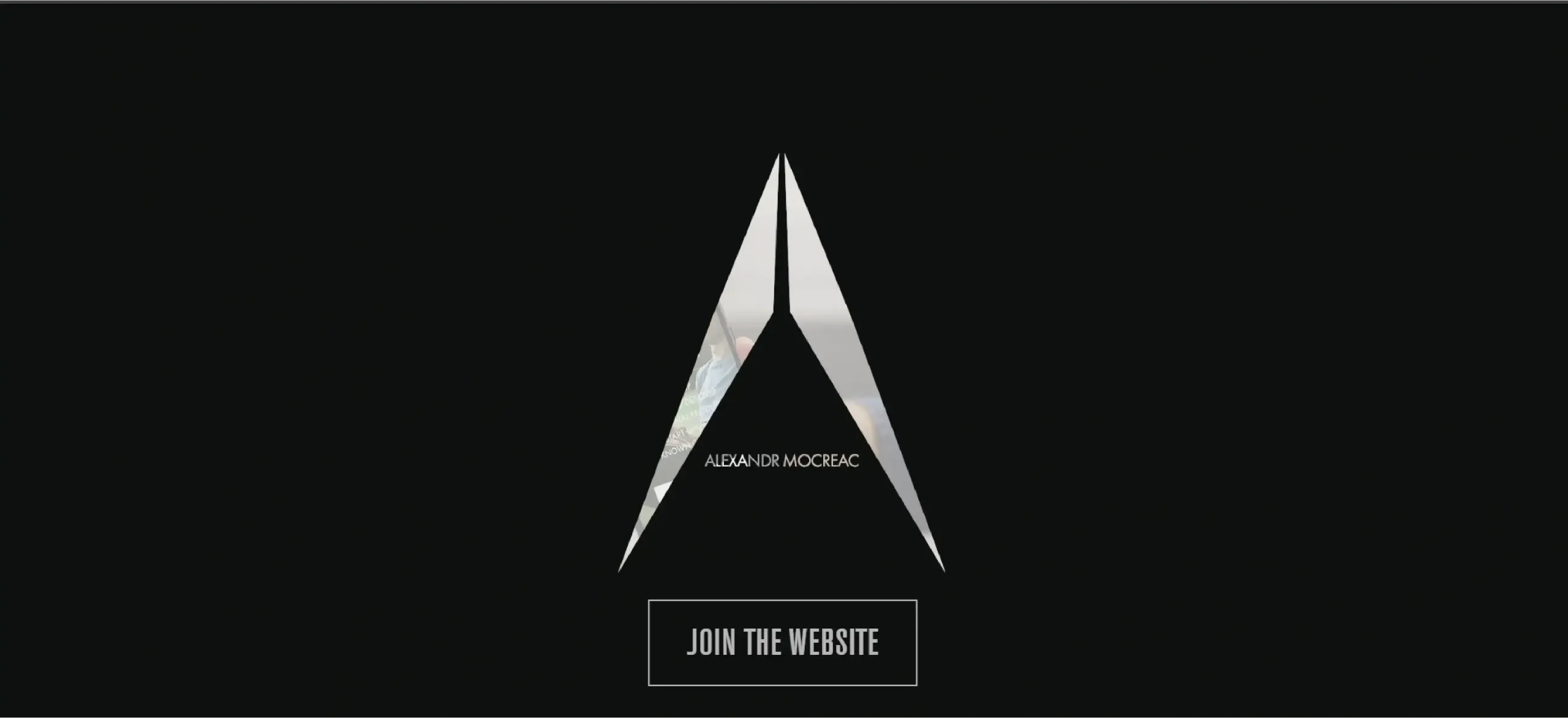
The website of Alexandr Mocreac illustrates the perfect example of image and text masking with a minimalistic approach resorting to mere black space.
Key Features
- Text filled with imagery
- Layered masking with gradients
- Scroll-based reveal effects
Benefits
- Unique, eye-catching visuals
- Strong brand differentiation
- Professional, modern aesthetic
- Ability to highlight products in creative ways
- Creates dynamic storytelling opportunities
9. Glassmorphism and Frosted Glass Effects
Soft transparency, blurred backgrounds, and layered depth define this trend. Glassmorphism improves focus on key elements by naturally highlighting what matters. As part of web design trends 2026, it’s especially effective for SaaS, fintech, and tech-driven brands that want a sleek, futuristic look.
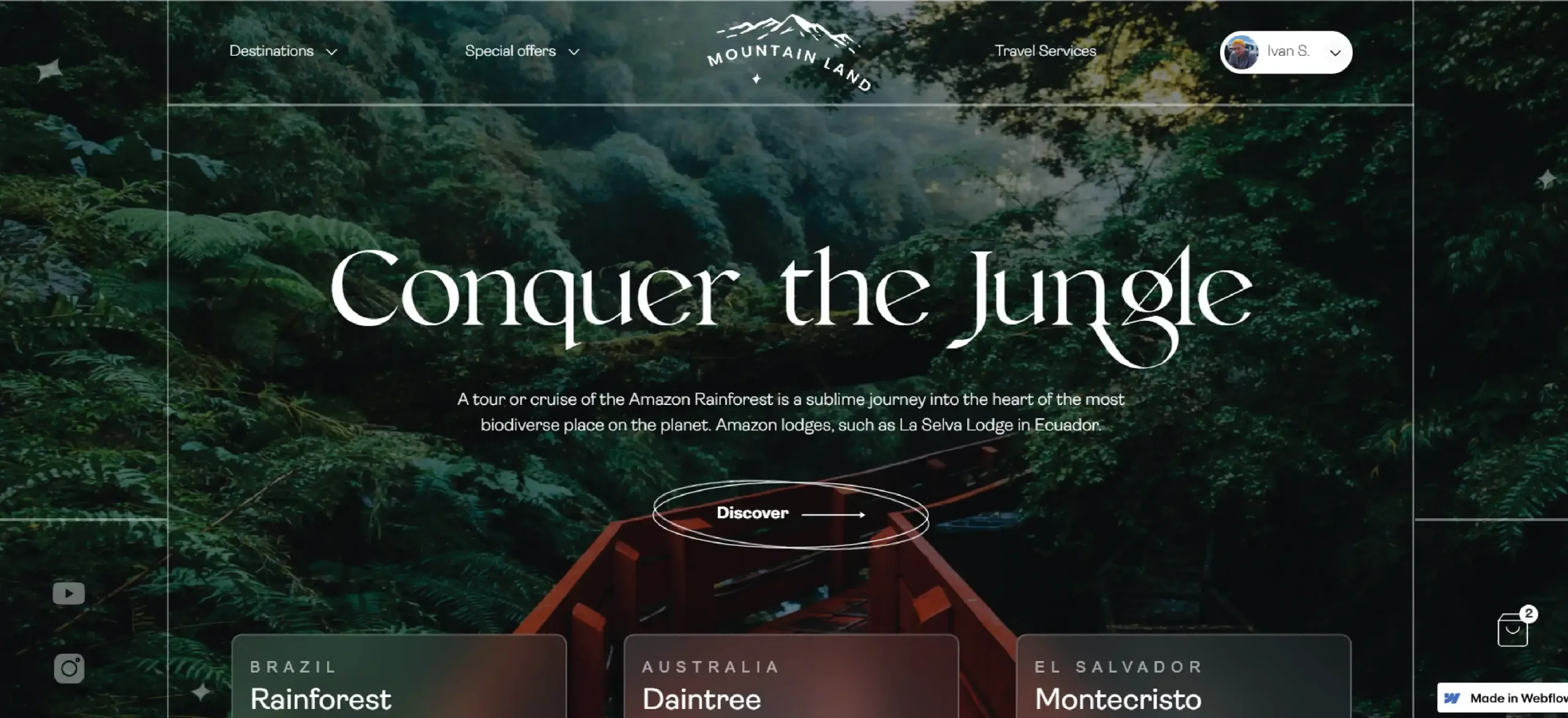
Glassmorphism, a distinctive design trend, is leveraged by the travel agency Conquer the Jungle to strategically guide visitors’ attention directly to their three featured tour options.
Key Features
- Blurred glass backgrounds
- Transparent layering
- Subtle depth with contrast
Benefits
- Futuristic, premium brand feel
- Clean focus on CTAs and content
- Lightweight, modern visual design
- Enhances overall site usability
- Builds a sleek, tech-forward brand identity
10. Neobrutalism: Bold, Raw, and Unfiltered Aesthetics
Neobrutalism breaks every “polished” design rule. Think raw edges, clashing colours, and deliberately imperfect layouts. It helps brands appear young and bold, as it conveys authenticity and rebellion through the design. As one of the most disruptive web page design trends, it attracts attention instantly and resonates with audiences tired of sterile digital experiences.
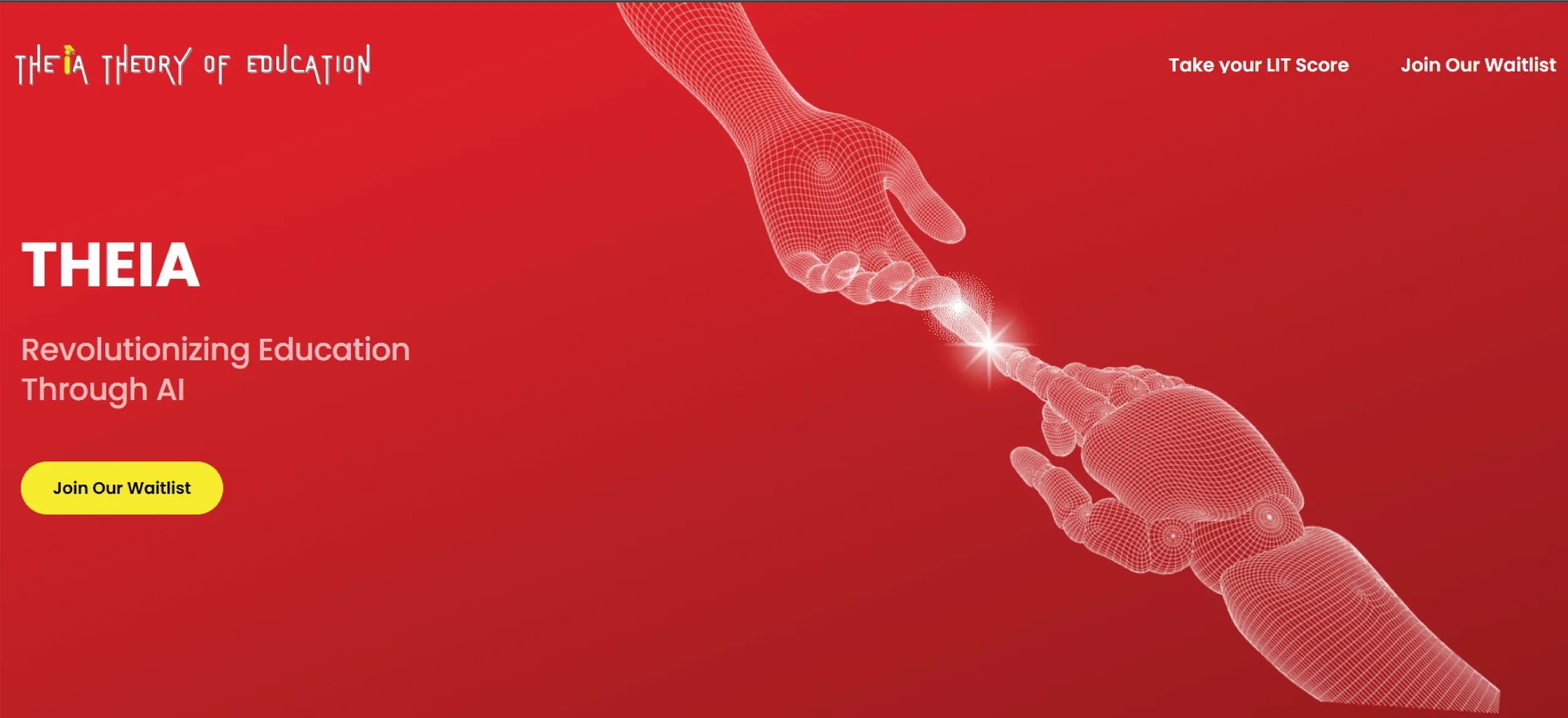
THEIA’s website perfectly illustrates the subtle art of using Neobrutalism with bold and sharp fonts, highlighting the brand name with a strong message of commitment.
Key Features
- Bold colours and typography
- Harsh contrasts, raw edges
- Minimal ornamentation
Benefits
- Strong brand differentiation
- Appeals to younger, design-conscious users
- Creates memorable, unapologetic experiences
- Signals authenticity and boldness
- Generates buzz and shares in digital spaces
Now that you know the list, here is why it’s essential to add these trends and create a high-quality web design.
Why Having Quality Web Design Is Important?
Web design trends are evolving faster than ever, and the quality of your website can directly influence your business growth. Studies show that 75% of users judge a company’s credibility based on its website design, while even a 1-second delay in load time can reduce conversions by up to 20%.
Moreover, with Google’s Core Web Vitals becoming a key ranking factor, contemporary design trends now focus not only on aesthetics but also on technical performance. That includes faster load times, smoother interactions, and a seamless user experience that drives both trust and conversions.
First Impressions Shape Decisions
If your site feels outdated, cluttered, or unintuitive, most visitors will leave before they even understand what you offer. A polished, professional design communicates credibility, which directly impacts conversions.
Better Conversions
Modern web page design trends focus on clarity, usability, and aesthetics. Visitors are more likely to engage with a brand that presents itself as authoritative and professional online. Strong design builds confidence, turning casual browsers into paying customers.
Design Powers Performance
Effective design is also about speed, mobile optimization, and compliance with accessibility and SEO standards. Google prioritizes fast, user-friendly websites in its search engine rankings, meaning that design has a direct impact on traffic and visibility.
The bottom line: If competitors are adopting modern design practices while you fall behind, you risk losing both credibility and revenue. A great website is equal parts strategy, trust, and technical excellence. And that is why you need to choose strategically the right trend for your web design.
Tips to Choose the Best Web Design Trends for Your Business in 2026
Choosing the right web design for your business is about building trust, improving performance, and driving conversions, in addition to making it visually appealing.
With rapidly evolving web design trends, what worked yesterday might already feel outdated today. To stay ahead, you need a design approach that strikes a balance between creativity, functionality, and business growth.
Below are seven powerful tips to help you select a design that truly works, and you can check the Enterprise CMS web development for foundation to understand more about web design projects.
1. Know Your Audience
Your website should speak directly to your customers’ needs, values, and behaviours. Understanding your audience ensures the design aligns with their expectations and motivates them to take action.
2. Prioritize Speed and Performance
A slow-loading website frustrates users and kills conversions. Optimize images, use efficient coding, and leverage modern hosting solutions to ensure your design loads quickly and has an appealing appearance.
3. Collaborate With Experts
DIY templates can only take you so far. Working with experienced designers ensures your website incorporates the latest web page design trends while staying scalable for future business needs.
4. Keep It Simple and Clear
Cluttered layouts confuse visitors. Simplicity in structure, navigation, and visuals makes your message clear and directs users toward your CTAs.
5. Design for Mobile First
Over 60% of traffic comes from mobile devices. A mobile-first approach guarantees your site looks and performs flawlessly across all screens.
6. Embrace SEOFriendly Design
From clean code to structured content, SEO-friendly design ensures visibility on Google and drives organic growth.
7. Stay Updated With Trends
Finally, don’t ignore evolving web design trends. Whether it’s AI-driven personalization or immersive visuals, staying current keeps your brand relevant, competitive, and appealing to modern users.
Conclusion
The latest web design trends of 2026 prove one thing: design isn’t just about appearances anymore. It’s about creating smarter, faster, and more human-centred experiences that build trust and drive results.
From AI-driven personalization and immersive 3D elements to accessibility-first approaches and seamless mobile design, the trends shaping 2026 are redefining how brands connect with users.
Ace Infoway helps businesses transform their websites into performance-driven platforms that provide an engaging user experience and deliver measurable results.
Our team implements smart, scalable, and tailored strategies that align with your brand’s vision. Contact us to have a detailed discussion about how we can help you design a website that goes above your expectations.
FAQs
1. What are the key principles of modern web design in 2026?
Modern web design in 2026 focuses on speed, personalization, accessibility, and interactivity. Designers emphasize user-centric experiences, AI integration, and performance-driven layouts to create seamless, immersive websites that align with brand identity and user expectations.
2. How does AI influence web design beyond personalization?
AI is now used in predictive UX design, automated A/B testing, accessibility checks, and even code generation. It helps designers understand user behavior, improve navigation flow, and optimize visual hierarchy for better engagement and conversions.
3. Why is responsive design still important in 2026?
With users accessing websites through multiple devices, responsive design ensures consistent experiences across all screens. It enhances usability, reduces bounce rates, and improves SEO rankings, which is vital for visibility and conversions.
4. What role does UX writing play in modern web design?
UX writing enhances clarity and guides user behavior through microcopy such as button texts, tooltips, and onboarding instructions. It directly impacts how users interact with your design and influences overall conversion rates.
5. How can businesses balance creativity and functionality in web design?
Businesses can achieve this by focusing on usability first, then layering creativity through motion effects, bold typography, or unique layouts. A visually stunning website should never come at the cost of clarity or loading performance.









